Home>Articles>How To Separate Living Room And Dining Room With Paint
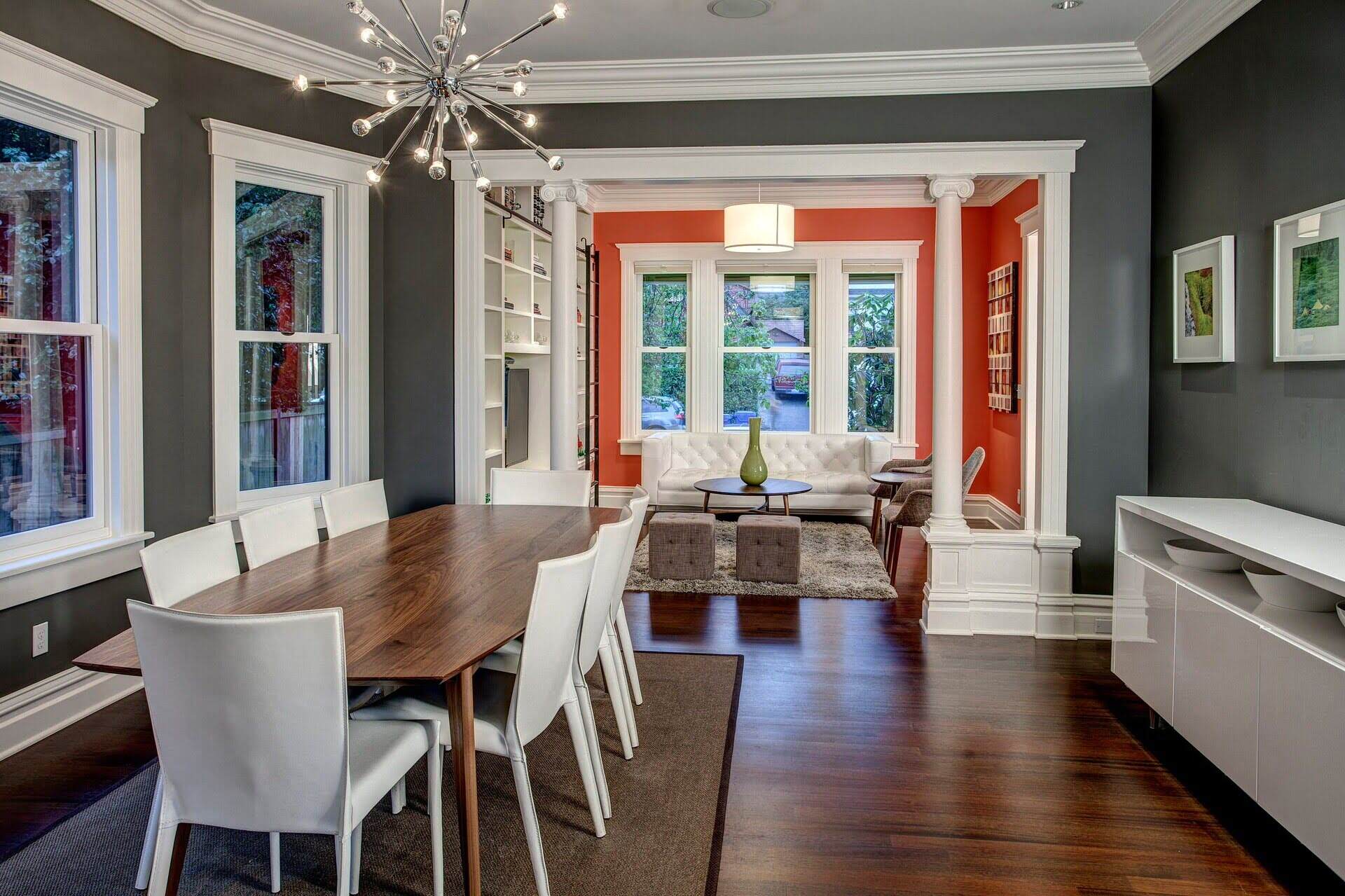

Articles
How To Separate Living Room And Dining Room With Paint
Modified: May 6, 2024
Discover creative ways to separate your living room and dining room using paint. Read our expert articles for tips and inspiration.
(Many of the links in this article redirect to a specific reviewed product. Your purchase of these products through affiliate links helps to generate commission for Storables.com, at no extra cost. Learn more)
Introduction
When it comes to interior design, the living room and dining room are two important spaces that often share an open floor plan. While the open concept layout can be appealing, you may sometimes find the need to create a visual separation between these areas without adding walls or partitions. One effective way to achieve this is by using paint.
In this article, we will explore different techniques and considerations for using paint to separate your living room and dining room. From choosing the right colors to utilizing furniture placement, we’ll cover various strategies that can transform your space and add a touch of personality.
Before diving into the details, it’s essential to understand the factors you should consider before proceeding with any painting project. These considerations will help you make informed decisions and ensure a successful outcome.
Key Takeaways:
- Use contrasting or complementary colors, focal points, and furniture placement to visually separate living and dining areas. Consider lighting to enhance the atmosphere and create distinct zones within the open space.
- Get creative with paint techniques, accent walls, and dividers to add personality and style while effectively separating the living room and dining room. Carefully consider lighting to showcase the paint colors and create desired ambiance in both spaces.
Read more: How To Separate Living Room From Dining Room
Considerations Before Painting
Before you start painting to separate your living room and dining room, there are a few crucial factors to keep in mind:
- Overall style and theme: Consider the overall style and theme of your home. The color scheme you choose should complement the existing decor and create a cohesive look.
- Lighting: Take note of the natural and artificial lighting in both rooms. The intensity and direction of light can influence how colors appear. Test paint samples under different lighting conditions to ensure you achieve the desired effect.
- Room size: Understand the size of your living room and dining room. Darker colors tend to make rooms appear smaller, while lighter colors can create an illusion of spaciousness.
- Functionality: Consider how you use each space. If your dining area is primarily for formal gatherings, you may want to opt for more elegant and sophisticated colors. If your living room is a cozy relaxation spot, choose soothing tones that promote relaxation.
- Cohesion and flow: While you want to visually separate the two spaces, it’s important to maintain a sense of cohesion and flow. Choose colors that harmonize with each other and consider using similar accent colors or patterns to tie the rooms together.
By considering these factors, you can ensure that the paint you choose creates the desired atmosphere and enhances the functionality of both your living room and dining room.
Choosing Colors
Color selection plays a crucial role in separating your living room and dining room. Here are some tips to help you choose the right colors:
- Contrasting colors: Opt for contrasting colors to visually differentiate the two spaces. For example, if your living room has warm, earthy tones, consider using cool, contrasting colors such as shades of blue or gray for the dining room.
- Complementary colors: Another approach is to choose complementary colors. These are colors that are opposite each other on the color wheel. For instance, if your living room features a neutral palette, consider using a complementary bold color like deep red or vibrant green in the dining room.
- Gradation: Create a sense of transition by using colors that gradually shift in hue or intensity. This can be achieved by choosing a lighter or darker shade of the same color family for each space. It provides a subtle separation while maintaining a cohesive aesthetic.
- Accent colors: Select a specific color or two as accent colors to tie both spaces together. This can be achieved through accessories, artwork, or even a feature wall. Utilize these accent colors strategically to create a visual connection between the living room and dining room.
- Consider the psychology of color: Keep in mind the psychological effects that different colors can have on a space. For example, warm colors like reds and oranges can stimulate appetite, making them ideal for dining rooms. Cooler colors like blues and greens can promote a sense of calm and relaxation, suitable for living rooms.
Remember to take into account the overall ambiance you want to create in both spaces. The chosen color scheme should reflect your personal style and contribute to the desired atmosphere of each room.
Creating a Focal Point
A focal point adds visual interest and helps to define different areas within a room. Here are some ideas for creating a focal point to separate your living room and dining room:
- Accent wall: Paint one wall in each room with a bold or contrasting color to create a focal point. This will draw attention and immediately distinguish the areas. Choose walls that are visible from both rooms to ensure a seamless transition.
- Texture and patterns: Consider using textured paint or incorporating patterned wallpaper to create a focal point. This adds depth and visual intrigue to the space, distinguishing one area from the other.
- Artwork and decor: Hang a large, eye-catching piece of artwork or a gallery wall in one room to create a focal point. Choose pieces that reflect the style and theme of the respective spaces. This not only adds visual interest but also helps define each area.
- Statement furniture: Use a distinctive piece of furniture, such as an elegant dining table or a unique sofa, as a focal point. Style the surrounding area in a way that enhances the impact of the furniture and distinguishes it from the rest of the room.
- Lighting fixtures: Install statement lighting fixtures, like a chandelier or pendant lights, in each space. These not only provide functional lighting but also serve as focal points, visually separating the living room and dining room.
By creating a focal point in each room, you not only add visual interest but also provide a clear separation between the living room and dining room. Experiment with different ideas and choose focal points that align with your personal style and the overall theme of your home.
Accent Walls
One popular technique for separating your living room and dining room with paint is by creating accent walls. Accent walls are a great way to add depth and visual interest to a space. Here’s how you can use accent walls effectively:
- Choose the right wall: Select a wall in each room that you want to highlight. It could be a wall that is directly visible from the other room or a central wall that draws attention.
- Bold colors: When selecting your dining room paint color, think about embracing bold and contrasting hues for your accent walls. This approach can effectively distinguish the dining room from the living room. For instance, if the living room features light neutral shades, you might choose a deep navy blue or a rich burgundy for the dining room’s accent wall to create a striking visual contrast.
- Texture and patterns: Another way to create an accent wall is by using textured paint or incorporating wallpaper with patterns. This adds depth and character to the space, effectively separating the two areas.
- Feature wall: If you want to go beyond using color or texture, consider creating a feature wall. This could involve incorporating elements such as reclaimed wood panels, stone veneer, or artistic wall decals. The feature wall can act as a focal point, instantly distinguishing the living room and dining room.
- Balance the other walls: While the accent walls will take center stage, it’s important to ensure that the other walls complement them. Choose colors that harmonize with the accent walls, creating a cohesive look throughout the space.
Accent walls are a simple yet effective way to visually separate your living room and dining room. They add a touch of personality and style while providing a clear distinction between the two areas. Explore different color options and textures to find the perfect combination that suits your taste and complements your overall design scheme.
Use different paint colors to visually separate the living and dining areas. Choose a bold color for one room and a complementary neutral for the other to create a distinct boundary.
Read more: How To Separate Kitchen And Living Room
Utilizing Furniture Placement
Another approach to separating your living room and dining room with paint is by utilizing furniture placement strategically. Here are some ideas to consider:
- Positioning rugs: Use rugs to define the different zones within the open space. Place a large area rug under the living room furniture and a contrasting rug under the dining table. With the rugs acting as visual dividers, paint the surrounding walls in coordinating colors to further enhance the separation.
- Furniture arrangement: Arrange the furniture in each space to create distinct seating areas. For instance, position the sofa and TV towards one side for the living room, while the dining table and chairs occupy the other side. This arrangement creates a natural division between the two areas.
- Divider furniture: Incorporate divider furniture pieces, such as bookshelves, screens, or room dividers, to physically separate the living room and dining room. Paint the divider furniture in contrasting colors or patterns to enhance the visual separation and add a stylish element to the space.
- Back-to-back furniture: Alternatively, position furniture back-to-back to create a clear separation between the living room and dining room. For example, place the sofa and coffee table in the middle, facing the living room, while the dining table and chairs face the dining area. This arrangement visually separates the two spaces while maintaining an open feel.
- Accent furniture: Incorporate accent furniture pieces that reflect the style and theme of each space. For example, in the living room, use a statement armchair or a decorative side table, while in the dining room, showcase a unique buffet table or a bar cart. The distinctive furniture will visually distinguish each area.
By strategically arranging furniture, you can visually separate your living room and dining room, even without the need for physical barriers. Experiment with different layouts and furniture pieces to find the arrangement that best suits your style and emphasizes the distinction between the two areas.
Using Paint Techniques
Paint techniques offer a creative way to separate your living room and dining room while adding visual interest. Here are some paint techniques to consider:
- Color blocking: Divide the walls horizontally or vertically using contrasting paint colors. This technique creates a bold and modern look, clearly defining the boundaries between the two areas. You can use painter’s tape to achieve clean, crisp lines.
- Ombre effect: Create a gradual transition of color from one space to another using the ombre technique. Start with a lighter shade in the living room and gradually darken the color as you move towards the dining room. This technique adds depth and dimension to the space.
- Stripes: Paint horizontal or vertical stripes on one or more walls to create a visually striking separation between the living room and dining room. You can choose colors that contrast or complement each other for a unique and vibrant look.
- Color wash: Apply a translucent layer of paint over a base color to create a soft, washed-out effect. This technique adds texture and visual interest to the walls, subtly separating the two areas while maintaining a cohesive feel.
- Stenciling: Use stencils to create intricate patterns or designs on the walls of one or both rooms. This technique adds a decorative element and helps to visually separate the living room and dining room, especially when paired with contrasting colors.
Don’t be afraid to get creative and experiment with different paint techniques. These techniques can add personality and uniqueness to your space while effectively separating the living room and dining room. Consider the overall style of your home and choose a technique that complements your design aesthetic.
Adding Dividers
If you prefer a more tangible separation between your living room and dining room, adding dividers can be a practical and stylish option. Here are a few ideas to consider:
- Sliding doors: Install sliding doors that can be opened or closed as desired. This allows you to create a physical division between the two spaces when needed, while still maintaining an open concept feel. Choose doors that complement the style of your home and consider frosted or textured glass for privacy.
- Room dividers: Use decorative room dividers to create a partition between the living room and dining room. There are a wide variety of styles, materials, and sizes available, from folding screens to bookshelf dividers. Select a divider that not only separates the spaces but also adds aesthetic value to the overall design.
- Curtains: Hang curtains or drapes from ceiling-mounted tracks to visually separate the living room and dining room. This provides a flexible option, allowing you to easily open or close the curtains whenever desired. Opt for sheer curtains to maintain an airy feel or choose heavier fabrics for a more dramatic effect.
- Built-in shelving: Install built-in shelving units that act as both storage and dividers. These shelving units can be open or closed, allowing you to display decorative items while creating a physical separation between the two areas. Paint the shelving units in coordinating colors to tie the rooms together.
- Half walls: Build half walls that extend partially between the living room and dining room. This creates a subtle division while maintaining an open and spacious feel. Consider adding a countertop or shelving on top of the half wall for additional functionality and visual interest.
Adding dividers offers a tangible separation between your living room and dining room while allowing you to customize the level of openness or privacy. Explore different options and select dividers that complement your design style and enhance the functionality of each space.
Lighting Considerations
Lighting plays a crucial role in setting the mood and atmosphere in any space. When separating your living room and dining room with paint, it’s important to consider the lighting in each area. Here are some lighting considerations to keep in mind:
- Natural light: Take advantage of natural light sources in both rooms. Consider the location and size of windows when choosing paint colors. Lighter shades can help maximize the natural light and create a sense of openness, while darker shades can add a cozy ambiance.
- Artificial lighting: Incorporate different types of lighting fixtures to create distinct ambiance in both spaces. Choose fixtures that complement the style and function of each area. For example, pendant lights or a chandelier can be used to illuminate the dining table, while a combination of recessed lights and floor lamps can enhance the living room area.
- Zoning with lighting: Use lighting to highlight specific areas in each room and create a sense of separation. For instance, install task lighting over the dining table to make it more prominent, and use accent lighting to showcase artwork or architectural features in the living room.
- Dimmers: Consider installing dimmer switches for your lighting fixtures. This allows you to adjust the intensity of the light and create different atmospheres in each room. Dimming the lights in the dining room for a cozy dinner or brightening the living room for entertaining can help establish distinct moods.
- Lighting accessories: Integrate lighting accessories such as wall sconces, standing lamps, or recessed lights to add depth and character to each space. These accessories can create focal points and further enhance the separation between the living room and dining room.
By carefully considering the lighting in each area, you can enhance the visual separation between your living room and dining room. A well-designed lighting plan will not only showcase the paint colors but also create the desired ambiance in both spaces.
Conclusion
Separating your living room and dining room with paint is a creative and versatile way to define the two spaces while maintaining an open concept layout. By considering factors such as color selection, furniture placement, paint techniques, and the use of dividers, you can achieve a visually appealing and functional separation.
When choosing colors, think about contrasting or complementary shades that suit the overall style and theme of your home. Creating a focal point with accent walls, artwork, or furniture can add visual interest and clearly define the boundaries between the living room and dining room.
Utilizing furniture placement strategically can provide a tangible separation within the space, while incorporating paint techniques like color blocking, ombre effects, or stenciling can add depth and dimension to the walls.
If you prefer a more physical partition, consider adding dividers such as sliding doors, room dividers, curtains, or built-in shelving. These dividers not only create visual separation but also add architectural interest to the rooms.
Lastly, do not overlook the importance of lighting in setting the mood and atmosphere. Natural light, artificial lighting fixtures, and the use of dimmers can help establish distinctive lighting zones and enhance the overall separation between the two areas.
With careful consideration and creativity, you can transform your living room and dining room into distinct and inviting spaces. Whether you prefer a subtle separation or a more defined division, using paint techniques to separate these areas will allow you to customize and personalize your home’s design while maintaining a seamless flow throughout.
Ready to spruce up more than just your dining and living spaces? Dive into our treasure of paint ideas tailored for any living room. Whether craving a serene retreat or a vibrant gathering spot, find the palette that speaks to your style. Don't stop at living spaces; yellow color schemes can transform bathrooms into bright, cheerful sanctuaries. Both guides offer clever tips to ensure your home reflects your taste and personality perfectly.
Frequently Asked Questions about How To Separate Living Room And Dining Room With Paint
Was this page helpful?
At Storables.com, we guarantee accurate and reliable information. Our content, validated by Expert Board Contributors, is crafted following stringent Editorial Policies. We're committed to providing you with well-researched, expert-backed insights for all your informational needs.

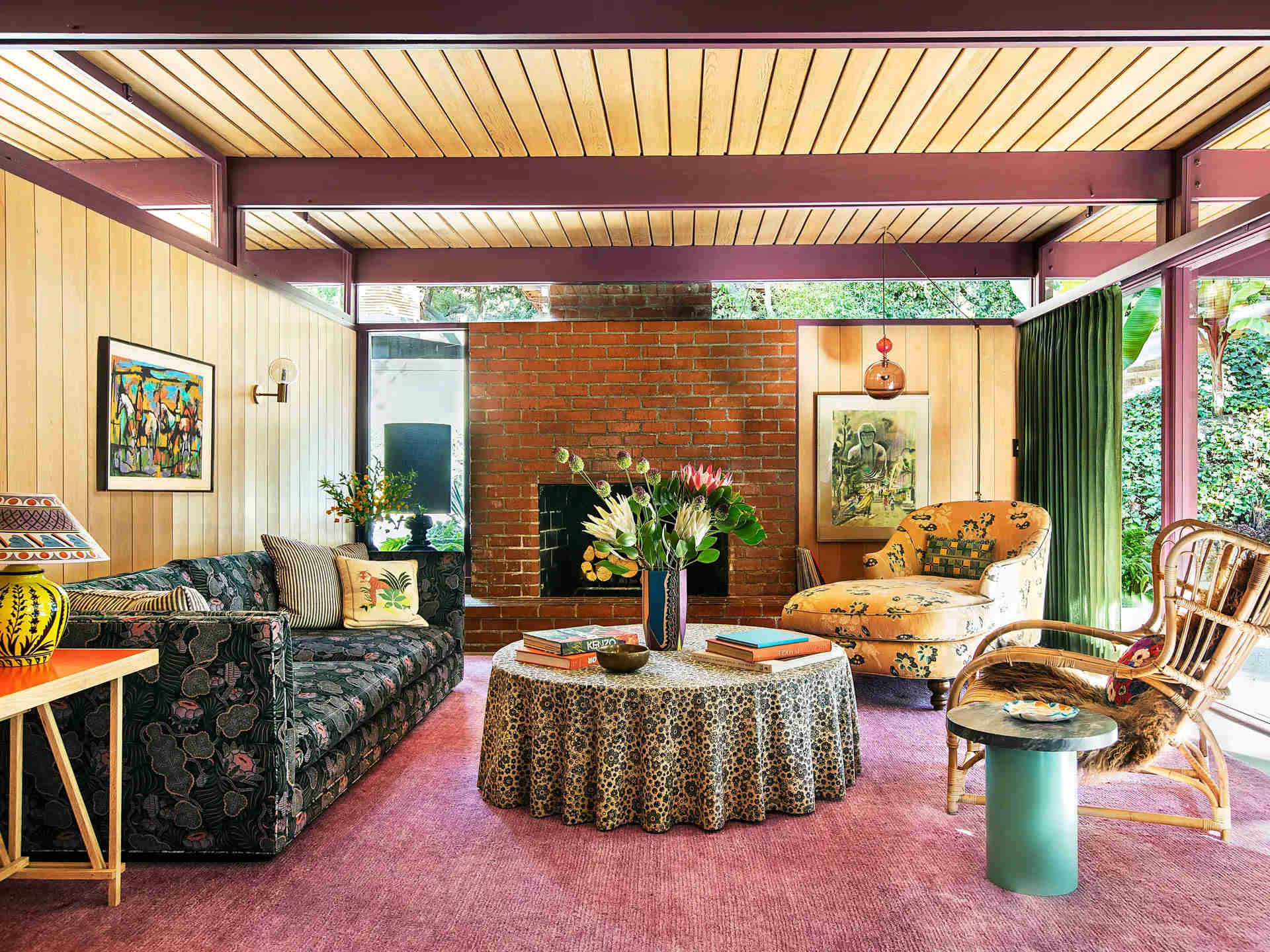
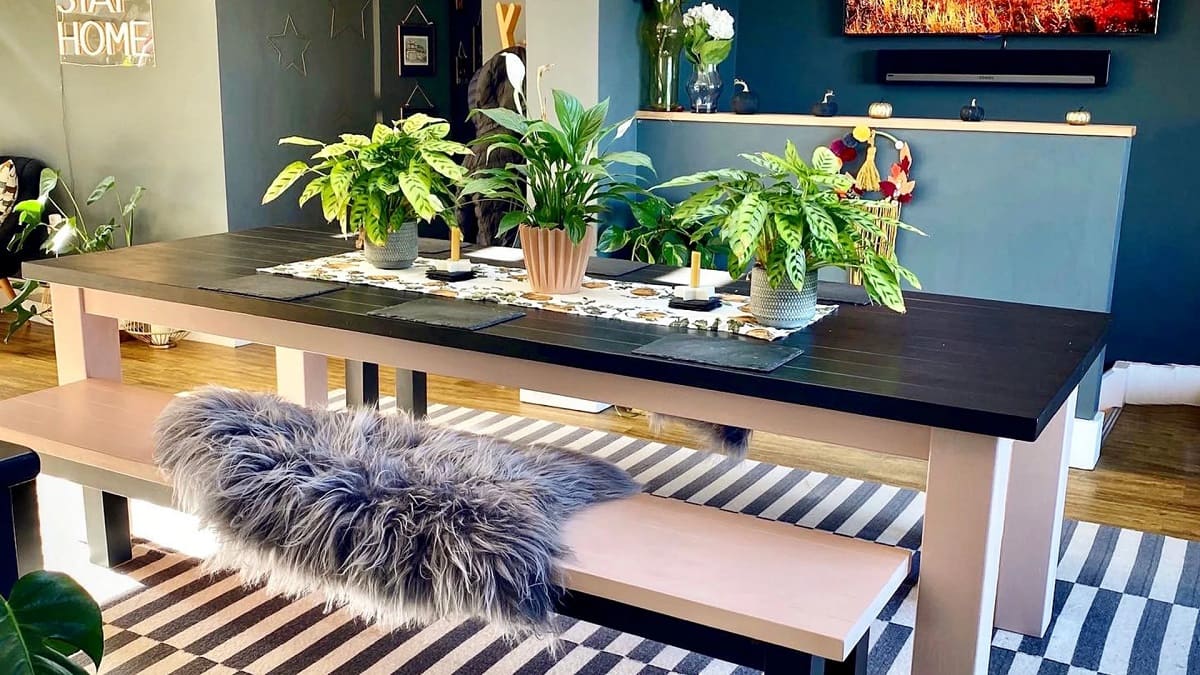
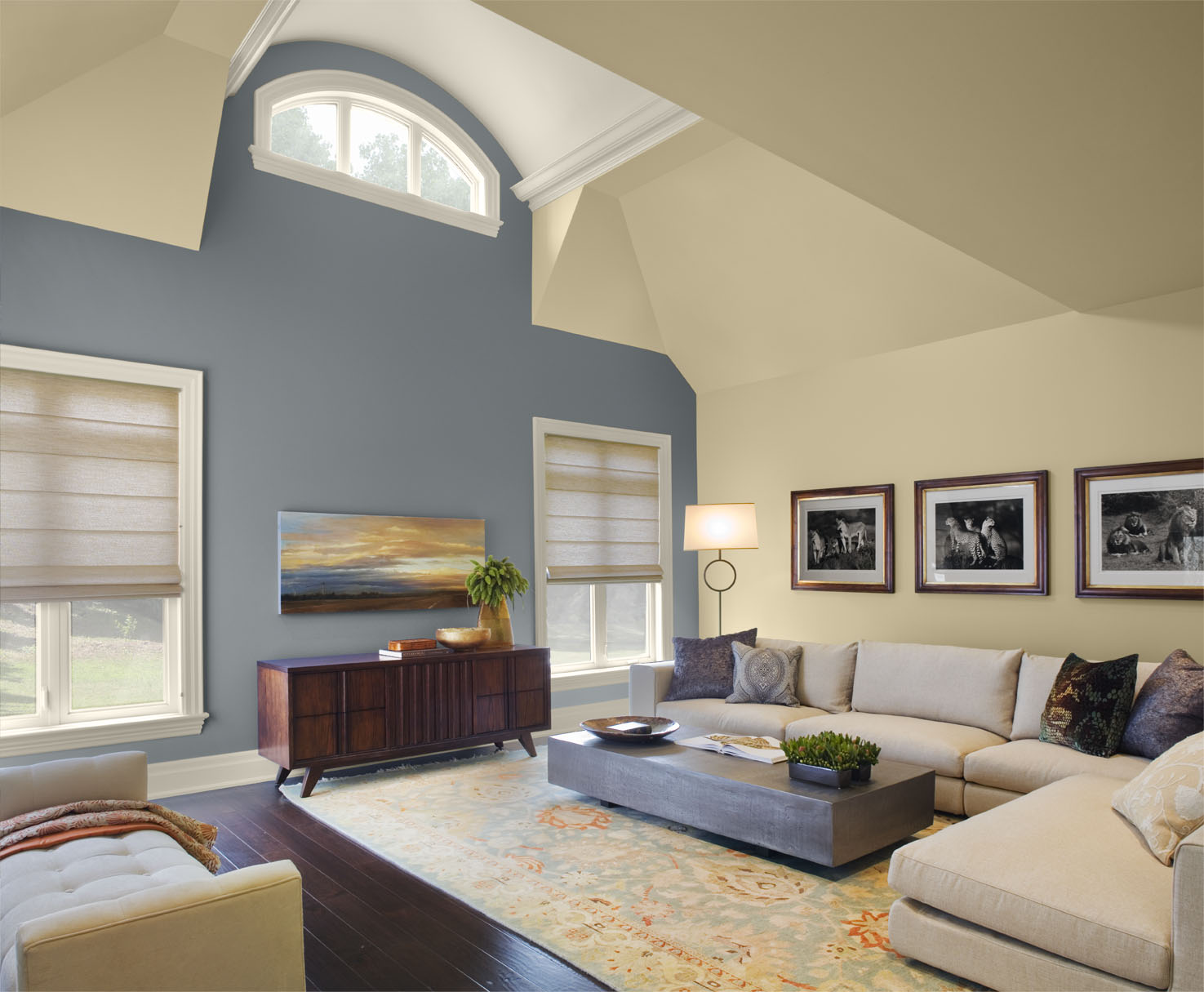
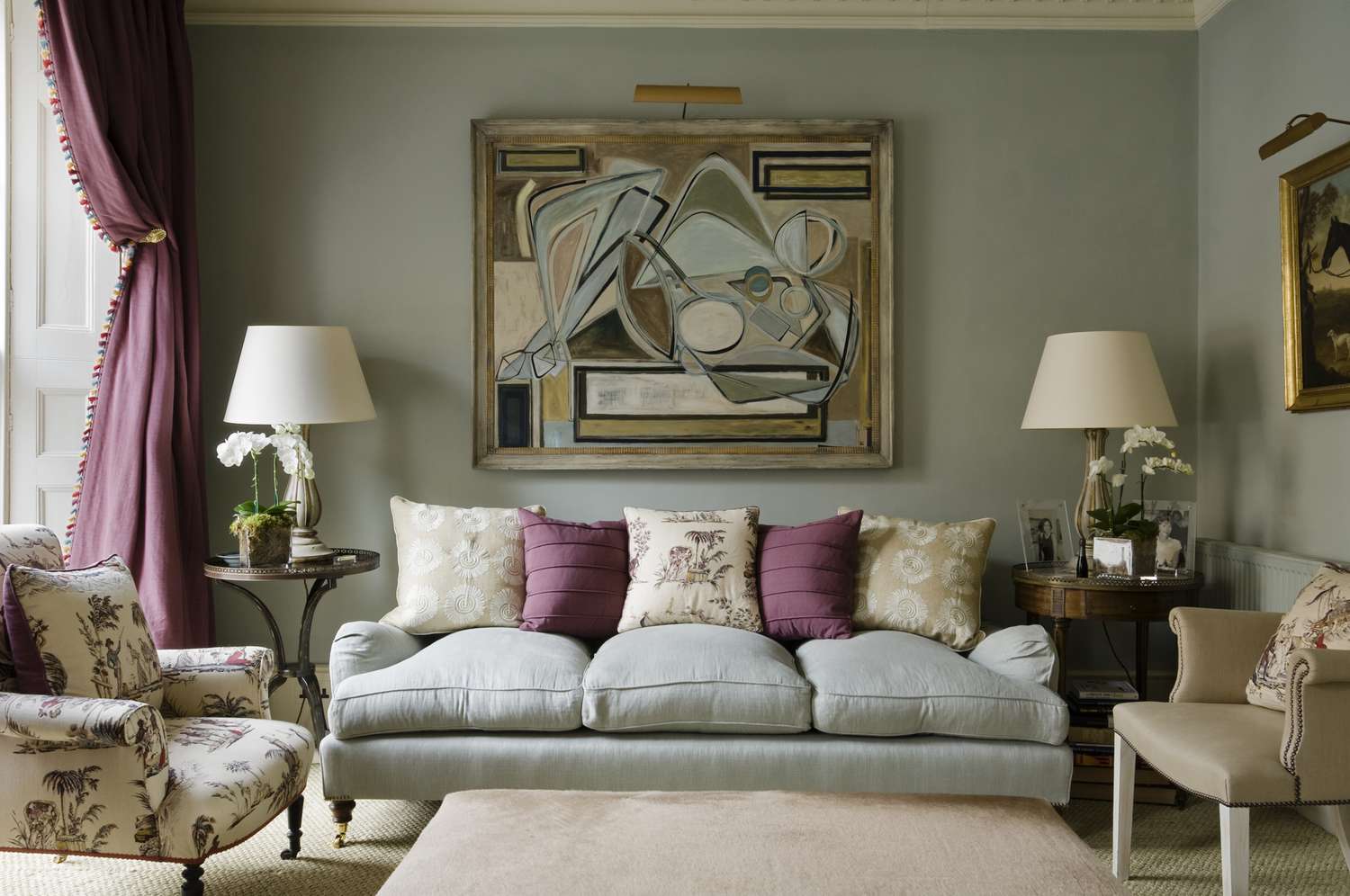
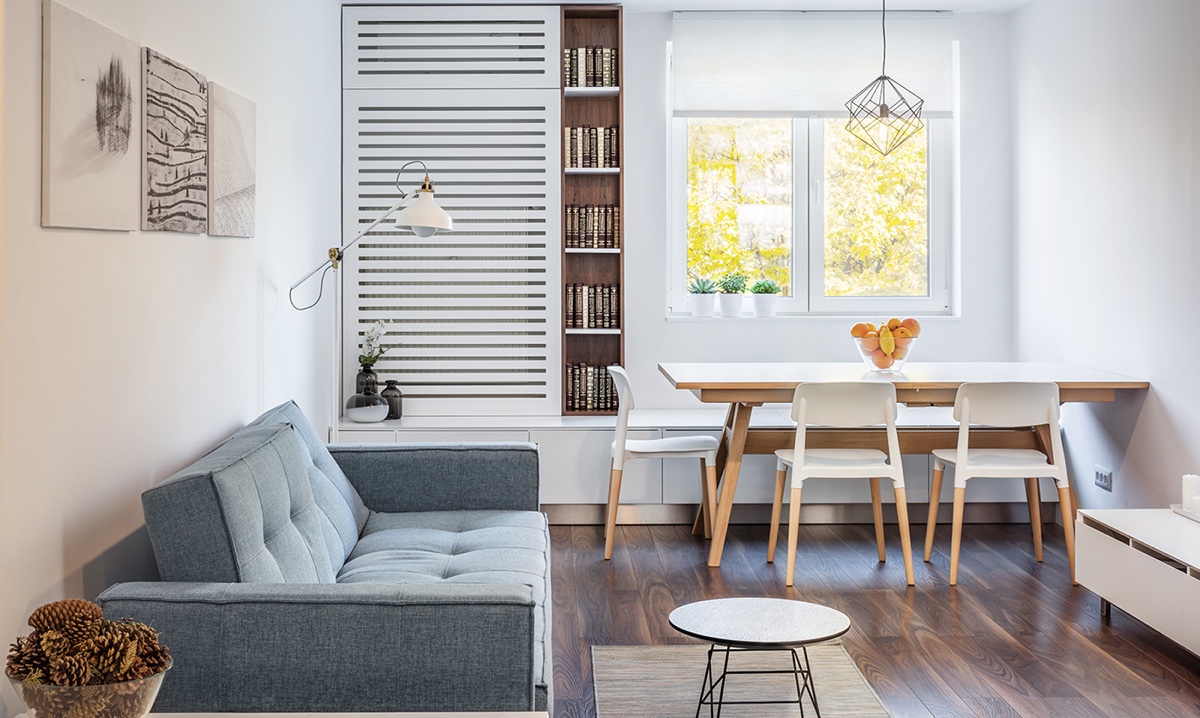
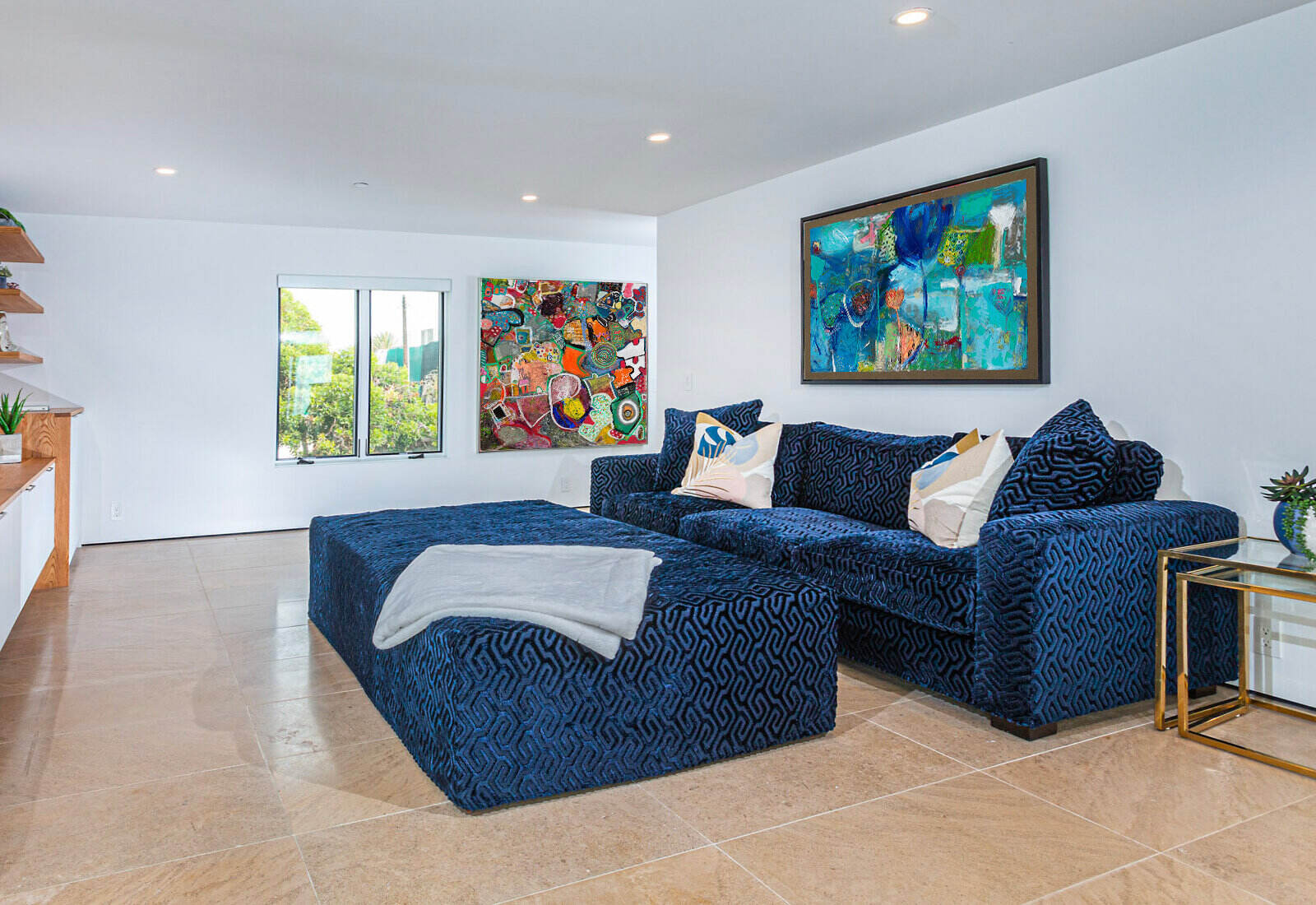
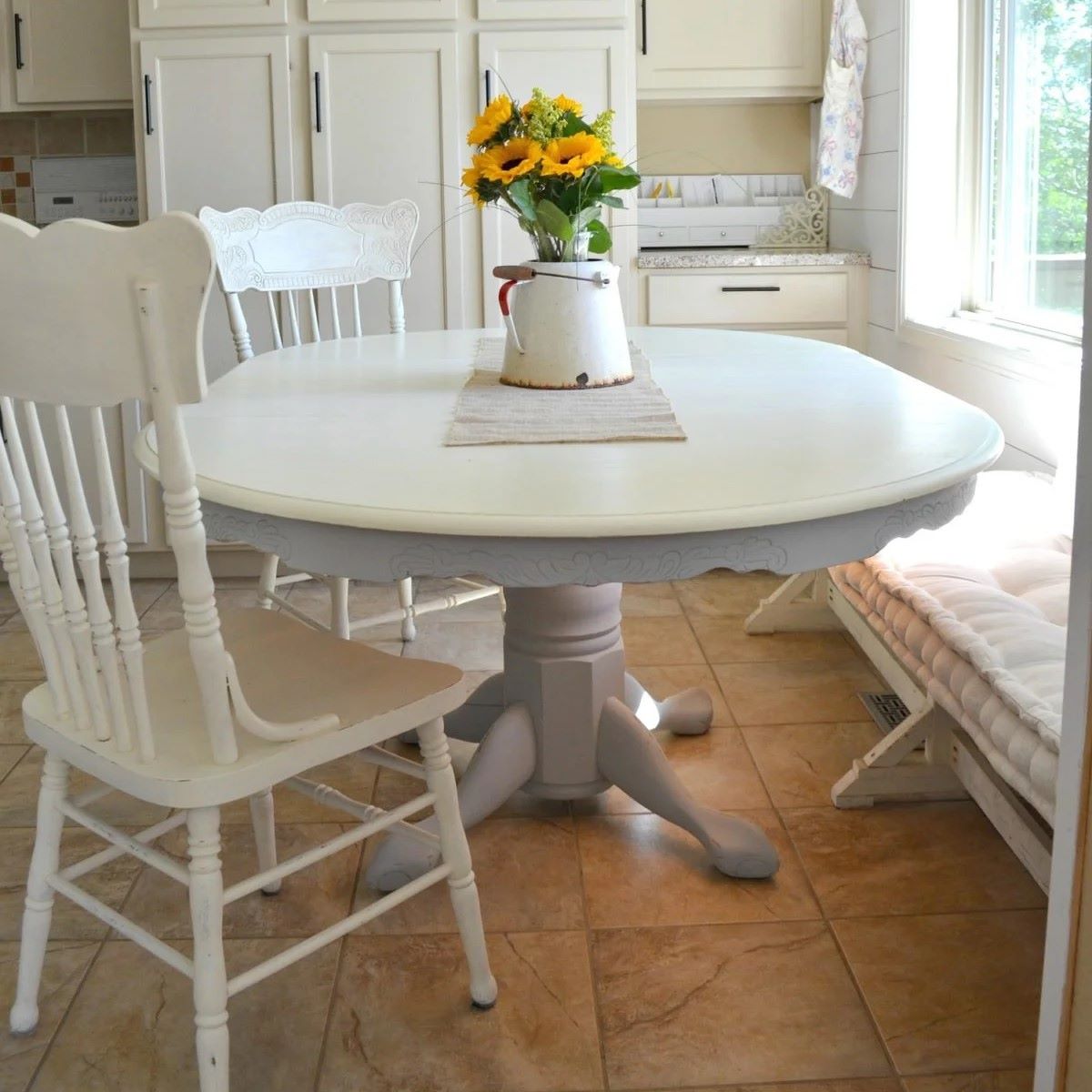
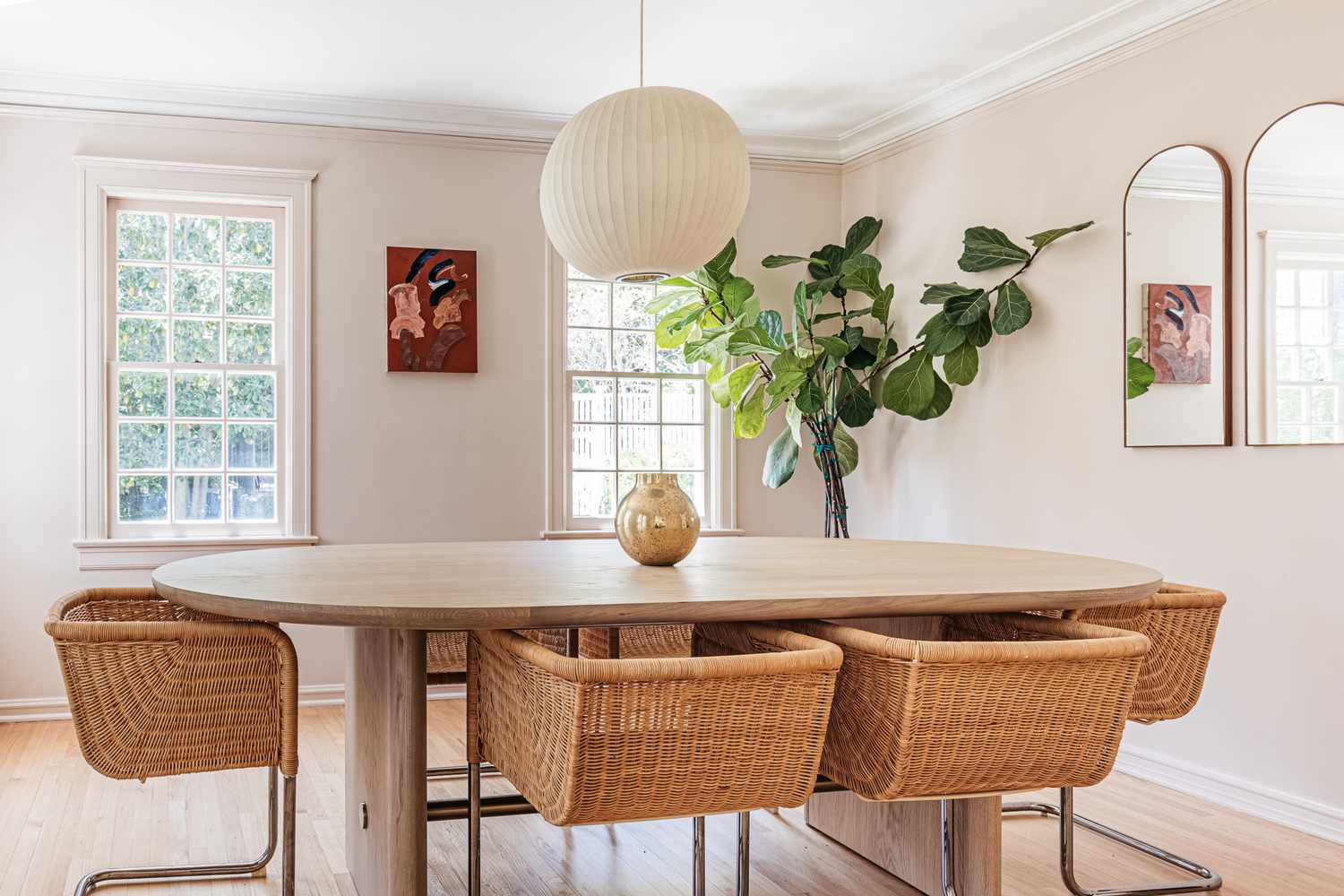
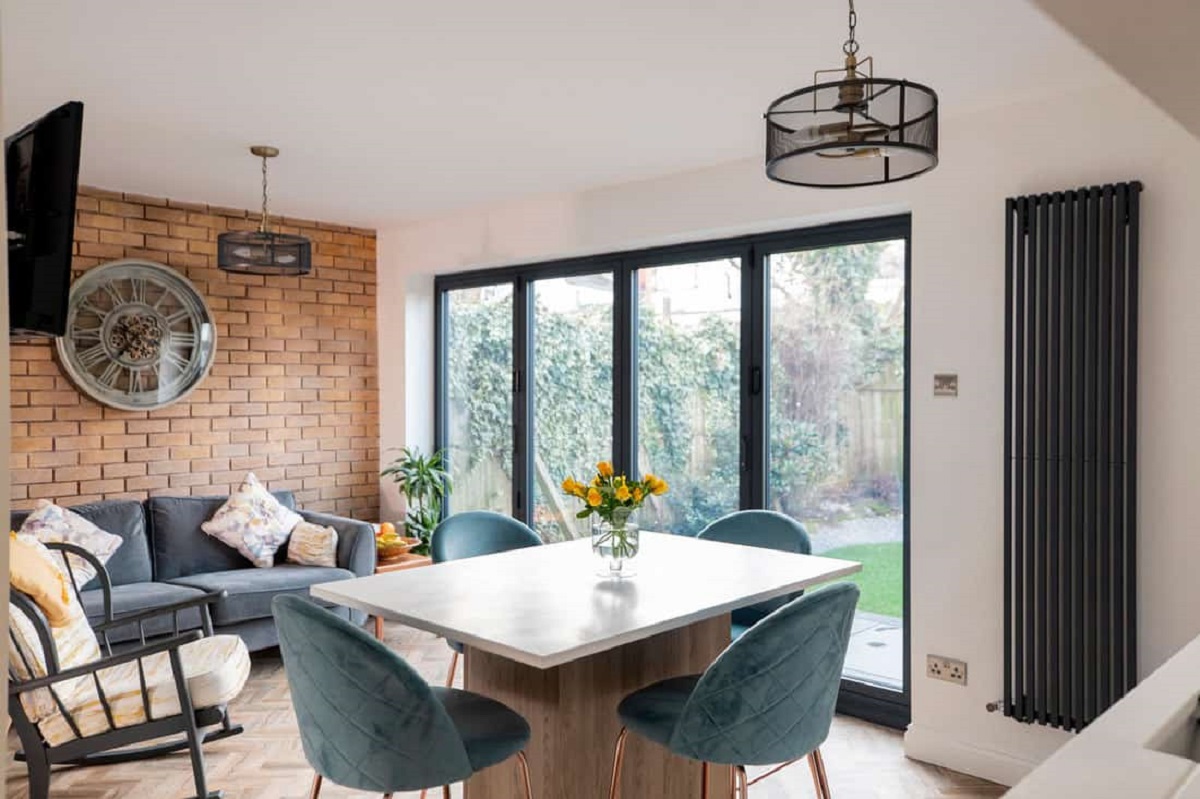
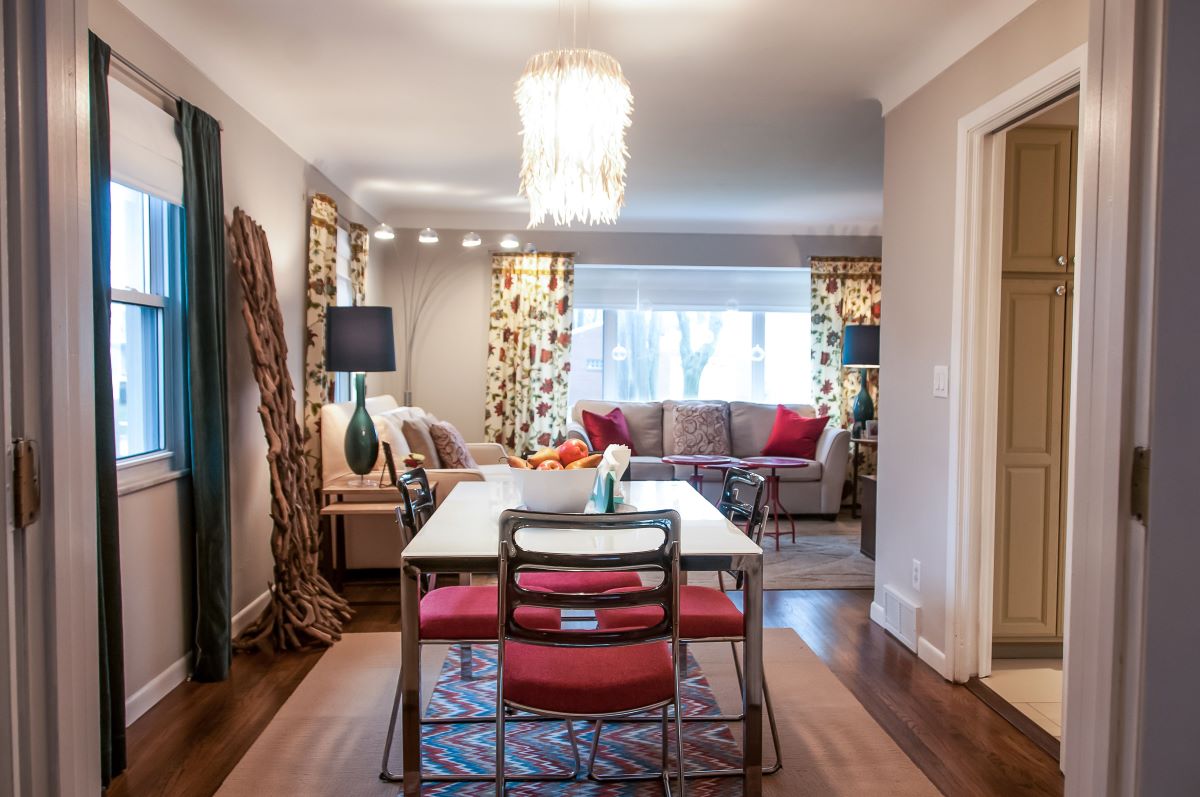
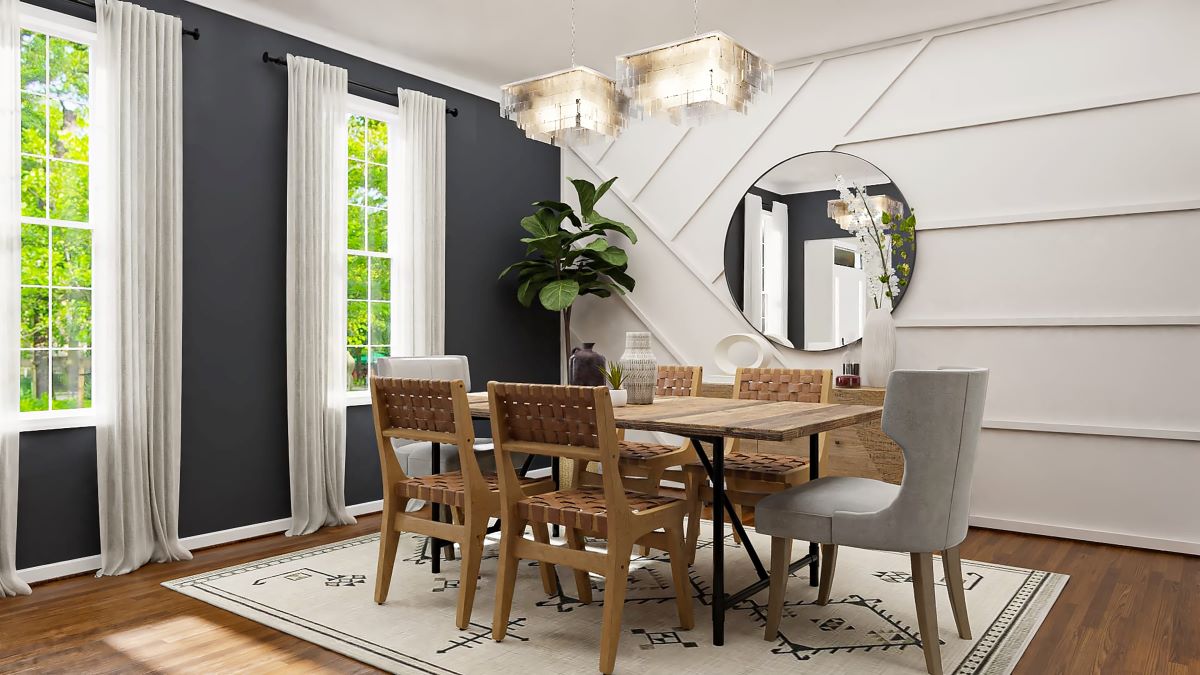
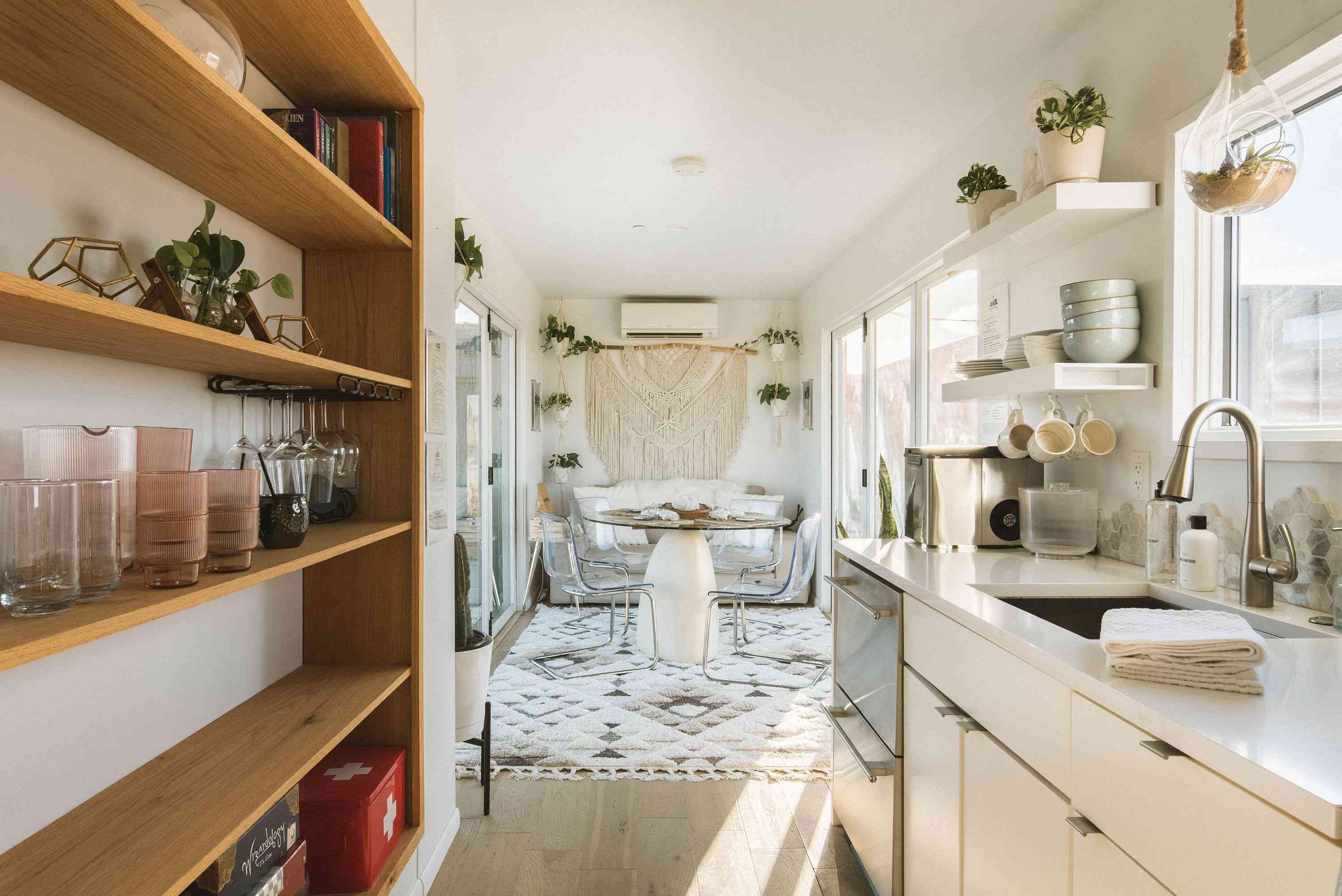

0 thoughts on “How To Separate Living Room And Dining Room With Paint”